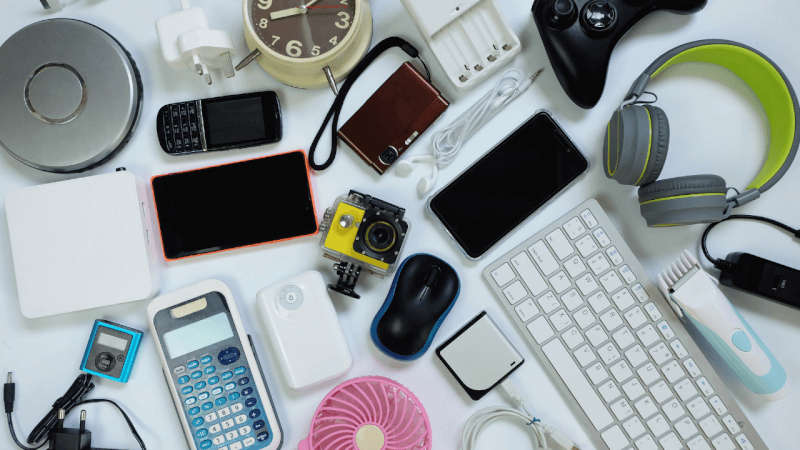Wearable Devices: Your Tech on the Go

Wearable technology is not just a trend; it’s a lifestyle that’s reshaping our daily routines. From fitness tracking to communication and beyond, wearable devices have transformed how we interact with the world around us, creating a seamless and more connected experience.
The Evolution of Wearable Devices
The story of wearable devices dates back to the advent of wristwatches. These were once simple timepieces but have now evolved into complex gadgets that not only tell time but also monitor our health, connect us to the digital world, and provide a myriad of other functions.
Fitness Wearables: A Boon for Health-Conscious Individuals
One of the earliest and most popular forms of wearable devices emerged in the form of fitness trackers. They not only count steps and calories but also monitor heart rates, analyze sleep patterns, and even track stress levels. From simple pedometers to advanced smartwatches, these devices offer a comprehensive view of our health and wellness.
Smartwatches: The All-Purpose Wearable
Smartwatches are the epitome of versatile wearable devices. They act as an extension of our smartphones, allowing users to make calls, send messages, and receive notifications. Moreover, they serve as personal fitness trainers, heart rate monitors, and music players, making them an essential part of modern living.
Innovations Beyond the Wrist: Wearable Tech Expands
The realm of wearable devices extends beyond the wrist. Smart clothing, such as sports shirts and shoes embedded with sensors, are enabling real-time monitoring of athletic performance, making the term “smart” wearable a literal reality.
Smart glasses are another iteration, offering augmented reality experiences, navigation, and hands-free access to information. They are revolutionizing various industries, from healthcare to manufacturing.
Healthcare and Medical Wearables: A New Horizon
The applications of wearable devices are rapidly expanding in the healthcare sector. Continuous health monitoring, remote patient care, and the ability to provide instant health data to medical professionals are just a few advantages offered by these innovative devices. They are reshaping the way doctors diagnose and treat patients.
Emergence of Brain-Computer Interfaces
The next frontier in wearable devices is brain-computer interfaces (BCIs). These devices, which allow direct communication between the human brain and computers, have immense potential in aiding those with disabilities and providing seamless interactions with technology.
Challenges in Wearable Technology
While the growth and potential of wearable devices are vast, there are challenges to address. Battery life, data security, and privacy concerns, as well as the development of comfortable and unobtrusive designs, are crucial areas for improvement.
The Future of Wearable Devices
The future of wearable devices holds an array of exciting possibilities. Advancements in miniaturization, flexible displays, and materials technology could lead to more discreet and comfortable wearables. Augmented by artificial intelligence, wearables are expected to become even more intuitive and predictive.
Seamless Integration of Wearables into Daily Life
As wearable devices continue to evolve, they will become seamlessly integrated into our daily routines. The line between technology and lifestyle will blur further, as these devices become more adaptive to user behavior and needs.
Conclusion
Wearable technology is not just a revolution in gadgetry; it’s a step into an augmented reality that enhances our lives in multifaceted ways. From monitoring health to providing real-time information and enhancing connectivity, devices are more than just accessories – they’ve become essential tools that elevate our everyday experiences and interactions. Their continued innovation and integration are set to transform the way we live, work, and connect with the world around us.




